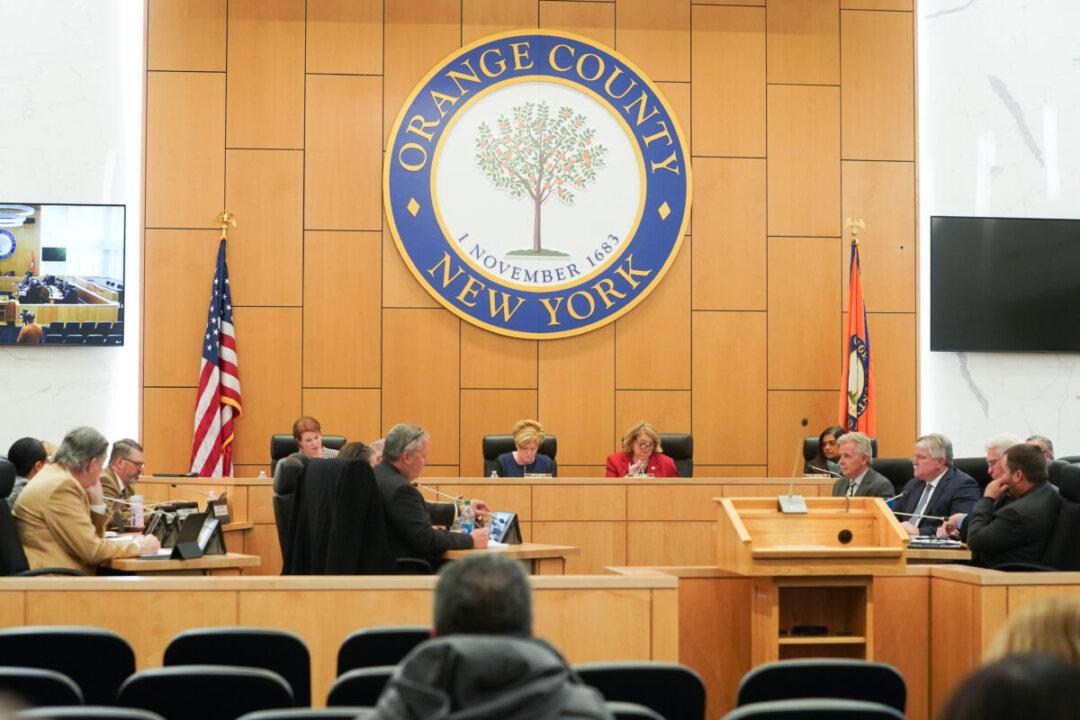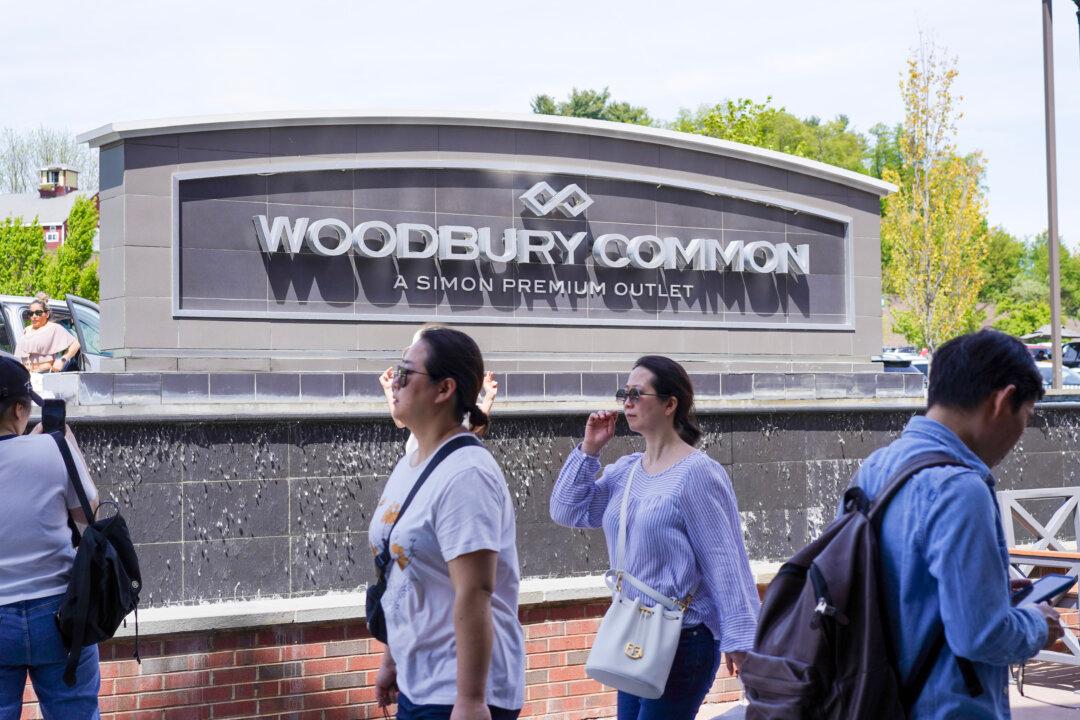Orange County legislators will consider a new draft district map for the 2025 county legislative seat elections at special sessions on Aug. 15.
If they deem the map sufficient for public review, county residents will get to view and comment on it before a final map can be adopted by the legislative body later this year.





